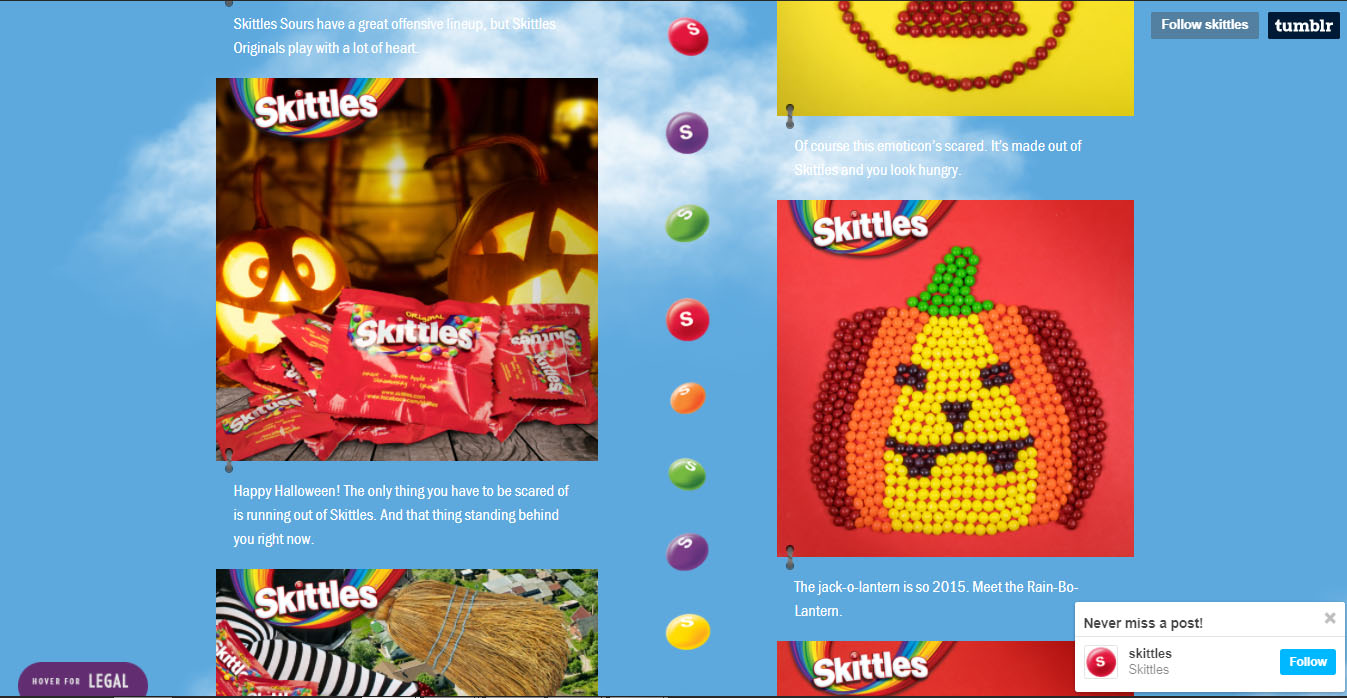Even if you are not very familiar with the AIDA model, chances are you have adopted it in your digital marketing efforts—you just don’t know it. As one of the most enduring marketing communication models, it continues to be a simple and effective way to generate sales in the digital world. Find out how you can update your approach to the AIDA model to get your brand the attention it deserves and convert more prospects.
What Is the AIDA Model?
The AIDA model is a classic marketing model that focuses on the cognitive stages that an individual goes through during the buying process.
The concept of AIDA can be traced all the way back to 1898, when advertising advocate Elias St. Elmo Lewis wrote an anonymous column in The Inland Printer, one of the most influential nineteenth-century American magazines, about the three principles in advertising that had been particularly useful to him in his career.
Lewis stated that all successful advertisements should follow a certain formula. The AIDA formula has remained relevant, which is why we’re taking a good look at how it can work for your digital-age business.
Spelling out the 4 stages
Awareness
The individual is paying attention to your brand, thanks to an effective brand awareness campaign: content that speaks to the prospect’s personality and experience.
Interest
Your prospect is now curious to learn more about your product or service, especially how it can address a pain point or improve an aspect of their life.
Desire
Your prospect now understands what your product/service can do for them and wants it.
Action
Your prospect goes from being wanting your product/service to acting—whether that’s by taking a preliminary step (e.g., downloading a free e-book, brochure, or white paper, or signing up for newsletters and regular updates) before actually buying, scheduling a free demo, talking to your representative for more inquiry, or buying outright.
The additional R
Retention
Your customer is happy with your brand and keeps coming back, either for the same product or service or to try others or upgrade to get more features. Customer satisfaction also often results in referrals and advocacy.
Some marketers saw fit to add an R for “retention”—to underscore the importance of cultivating relationships with customers. Modern consumers have a more defined preference for value and ongoing engagement with the brands they choose, and businesses are becoming more invested in community building and focusing on customer lifetime value (CLV)—a prediction of the total amount of money a customer is projected to spend in your business in their lifetime.
AIDA Best Practices for Digital Marketing
The AIDA model can be approached as a communications model: At each stage, you need to determine what to communicate and how to communicate your content to build on your prospect’s initial attention to your brand.
In digital marketing, the question of where is also just as crucial.
Given seemingly endless options in terms of social media platforms you can use to promote your business, it’s wise to narrow down your choices to the platforms that are appropriate for your type of business, not just simply based on number of active users—a gauge that points to Facebook, YouTube, Instagram, Twitter, LinkedIn, and Pinterest.
Tumblr and TikTok , for example, are not for every brand, but they sure are perfect for Skittles and their wonderfully weird approach to branding.


Using the AIDA model involves determining where individuals who make up your target market are particularly active, and then adjusting your communications strategy accordingly.
Awareness
This is where you make your huge-billboard move, minus the billboard. So what does it take to make your prospect to stop and look?
- Do your audience research.
To arrive at the best approach to make your prospect buyers’ pay attention, you need to determine first who they are. This means creating an in-depth persona for the crowd you specifically need to reach—in particular, finding what they’re passionate about and what problems of theirs your brand can address. The resulting detailed persona will guide you in creating your marketing content, enabling you to get the following elements right:- Tone
- Word choice
- Typography
- Images
- Colors
- Music (if used)
- Establish your brand identity.
Be sure your brand awareness campaigns are anchored on your brand identity. Sure, it’s great to catch people’s attention with catchy content, but is it content that gives people a good idea of what your brand is about?Whether you’re rolling out video content (e.g., explainer, livestream, tutorial, etc.); hosting an event, or launching a series of non-video social media content, your brand personality should come through—and that includes branded hashtags if you decide to go for them. As a matter of fact, your branded hashtag should reflect your brand voice and tone.
- Inspire curiosity.
Catching people’s attention is a great first step toward increasing conversion rates, but it’s still just the first step. You then need to capitalize on those precious minutes that you have their attention (which may not be undivided, yet!). This is why you need content that piques their curiosity, enough to move on to the next stage of the AIDA model.
Interest
Your priority at this stage is to engage your prospect’s interest: What do you have to say that will keep them reading, listening, watching? Even better, how do you get them interested enough to engage with your brand?
- Make it feel like a one-on-one conversation.
Give your prospect the sense that you’re talking only to them. This personalization makes them feel both important and comfortable. - Identify a problem or a pain point.
By describing the issue that they have to deal with (at varying degrees of discomfort and annoyance, or downright pain), you’re telling them in effect, We know what it’s like. This not only makes them interested, it also encourages them to take the first step toward trusting you. - Educate your prospects.
Explore the negative effects of the problem your prospect is facing. If it works for your brand, a compelling research data will help amplify the seriousness of the problem (e.g., the growing threat of ransomware) and make your prospect realize the urgency of finding the right solution. Then let them know you have just that solution.
Desire
This when you give your prospects all the reasons they need to want your product/service.
- Introduce your solution.
Now you can present your product or service. Be sure to highlight the best features and how exactly they address the problems described beforehand. - Communicate your value proposition.
Show how life could be so much better if they use your product or service. Those explainer videos and customer testimonials will be very useful here for emphasizing the benefits you offer.So would a long landing page, if, again, you’re a new brand and/or your product or service will be quite a serious investment for your prospect in terms of money and effort for such activities as setup and maintenance.Before and After images also work to increase your prospects’ desire to enjoy the benefits of your product or service, so if these are appropriate for your brand, create a compelling Before and After display.Keep in mind that at this stage, you are also showing your prospects why they were right to start trusting you, especially if you’re a new brand and don’t have a track record to back you up in the form of long-term customer testimonials or a considerable amount of time being on “Top . . .” and “Best . . .” lists.
Action
Immediate action is ideal, but don’t cross the line into being pushy.
- Inspire action with effective calls to action.
Just because your prospects want your product or service doesn’t mean they can’t use a bit more gentle but firm nudging.Strengthen your persuasive content with a compelling call to action that facilitates conversion: make a purchase, share their information, download free content intended to cement their trust in your brand and build up their desire for the benefits of your product or service, etc. - Facilitate action with additional offers and copy triggers.
Reinforce your calls to action with offers like “Free for 60 days” or “Get 20% off until June 30.”You can also add click triggers—copy that’s strategically placed near your CTA to ease your visitors through any bit of lingering hesitation about.These click triggers are some of the most effective ones to pick from:- Money-back guarantee
- Easy unsubscribe
- Cancel anytime
- No credit card needed
- Testimonial/recommendation from a satisfied or successful customer
- Slashed prices
- Privacy policy
Bonus: Retention
Keeping your customers coming back is key to increased sales through upselling, cross-selling, referrals, advocacy, etc., with an eye on CLV.
- Show your appreciation for loyal customers.
Offer incentives to repeat customers as well as customers who refer new ones or just generally spread the word around about your brand. - Build a community and create a consistently positive brand experience.
Technology is making so many things possible today, not the least of which is the ease with which to create venues for your customers and prospects to interact with you and one another, share experiences, offer tips and helpful material that reinforce the benefits of your product or service.You can also level up your audience’s engagement by involving them in your brand activities or having them create or share content featuring your product or service that you feature in your social media channels.
Conclusion
Because the AIDA model is such a sound, no-nonsense, and on-point approach, it makes sense that many people doing marketing work have been unwittingly using it. Of course, it’s best to actually consciously use it as a guide to simplify and better focus your digital marketing efforts and improve your conversion rates.
Need simple and focused marketing solutions to ramp up growth for your business?
At Purple Cow, we understand how simplicity and focus is not always easy when you’re juggling a lot of tasks, plans, and ideas.
Contact us to learn more about our highly scalable standout solutions that spare you the cost and confusion with things you don’t need and ensure that what you need is available.



